NEWS
Tropical Storm Idalia Expected To Become Hurricane Monday As It Passes Cuba On Approach To Florida
Published
2 years agoon
By
Matthew Hall
Courtesy of National Hurricane Center/Instagram
Tropical Storm Idalia is expected to become a hurricane Monday as it approaches the western coast of Florida, according to the National Hurricane Center.
The agency warned that life-threatening storm surge and dangerous winds are becoming “increasingly likely” for portions of northwestern Florida.
As of 6 a.m. EDT Monday, Idalia was about 90 miles south of the western tip of Cuba, and had maximum sustained winds of 65 mph with higher gusts. A tropical storm warning was in effect for the Dry Tortugas National Park, a small group of islands about 70 miles west of Key West.
A storm surge watch and hurricane watch were in effect from Englewood in South Florida north to Indian Pass, in the panhandle southwest of Tallahassee.
The National Hurricane Center said Idalia is likely to become a hurricane as it passes Cuba on Monday, then strengthen to a dangerous major hurricane over the northeastern Gulf of Mexico by early Wednesday.
The current forecast track has the center of Idalia reaching the Gulf Coast of Florida on Wednesday, with hurricane conditions arriving earlier, on Tuesday.
Rain totals of up to 12 inches are possible Tuesday through Thursday near landfall in northern Florida, with 4–8 inches likely across parts of Florida, southeastern Georgia and the eastern Carolinas, according to the National Hurricane Center.
The region of Florida were the peninsula meets the Panhandle, where landfall is likely, is more lightly populated than other coastal regions, but the impact is likely to be severe, according to Bradley Schurman, founder and CEO of the demographic strategy firm, The Super Age, which helps public and private-sector organizations navigate disruptive population change.
“The Apalachee Bay region is lightly populated, but most of the population is located along the coastline within the hurricane-hazard area, meaning that the number of people impacted might be low, but the percentage affected will be high,” Schurman said.
The communities in that area are also older than average, Schurman said.
“The counties along the Apalachee Bay, where the hurricane will likely make landfall, are mostly super-aged, meaning that at least one out of five people are over 65. In some cases, some counties have one out of four people over 65. Those older populations are at high risk for significant weather events and account for at least half of all deaths,” Schurman said.
“The counties along Apalachee Bay and in the storm’s path farther north are also home to a more significant percentage of people of color, including historically disadvantaged and marginalized populations. These groups always fare worse during big storms, having less mobility and fewer financial resources to rebuild afterward,” Schurman said.
The National Weather Service office in Tallahassee warned that life-threatening storm surge will be a concern around Apalachee Bay from late Tuesday through Wednesday. The agency’s “reasonable worst-case scenario” forecast warned of a peak storm surge of up to 11 feet in the area, with a ten percent chance it could go even higher.
As more extreme weather events force quick evacuations, Ted Jenkin, founder and CEO of Atlanta-based oXYGen Financial, advises people to protect all their financial documents and accounts in one place.
“You should have an online account aggregation system to see all your financial accounts in one place. If not, get a light, waterproof, fire-resistant safe,” Jenkin said. “Get an online safety deposit box for photos of valuables, copy of wills, and birth certificates. Get a password keeper like LastPass or Dashlane.”
He also reminds people to check the terms of their homeowners’ or renters’ insurance.
“Remember, homeowners’ and renters’ insurance do not typically cover flood damage, which must be purchased 30 days in advance. Some don’t cover for fire anymore. Some have hurricane deductibles,” Jenkin said.
Ha also said it’s “critical” to check whether your insurance company covers the actual value of items in your house or replacement value.
With widespread flooding becoming more frequent with extreme storms, as seen recently in California, some are calling for flood insurance reform.
“Today, a small fraction of Americans hold flood insurance policies, despite 93% of U.S. residents living in areas that have been deemed a flood disaster area by FEMA,” said Michael Hecht, President and CEO of Greater New Orleans, Inc., leads the national Coalition for Sustainable Flood Insurance.
“Legislation now under consideration by the U.S. Senate would help protect these and the millions of homeowners who are left vulnerable by current regulations,” said Hecht. The Homeowner Flood Insurance Transparency and Protection Act was reintroduced earlier this year by Sens. Cindy Hyde-Smith (R-Miss.) and Bill Cassidy, (R-La.).
“The January flooding in California saw $29 billion out of the $30 billion of loss completely uncovered by insurance,” said Adam Rimmer, co-founder and CEO of insurance provider FloodFlash.
“This means that people, businesses, communities and governments end up having to pick up the bill that should be sitting with insurance companies, and I expect similar levels of underinsurance with Hurricane Idalia,” Rimmer said.
“It’s a painful reminder that flooding can happen anywhere — whether you’ve had the foresight to buy insurance or not,” Rimmer said. “FloodFlash is continuing to monitor our sensors in the region and will be quick to respond and send claim payouts as fast as one week should any of our clients flood.”
Gov. Ron DeSantis on Saturday declared a state of emergency across 33 counties ahead of the storm. Evacuations were underway Monday in multiple zones.
TMX contributed to this article.
More From Weather Traker
-


Blue Supermoon On Wednesday Could Make High Tides Higher As…
-
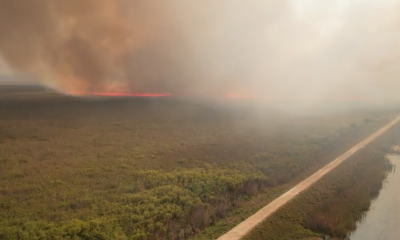

Drone View of the Fire and Smoke from Wildfire Outside…
-
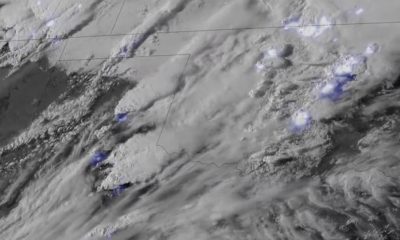

NOAAs GOES-16 satellite captures severe, tornadic thunderstorms over OK and…
-
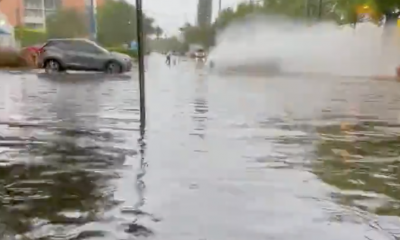

Tropical Storm Alex Floods the Streets of Miami
-


Major Storm Destroys the Town of Castlewood in South Dakota
-
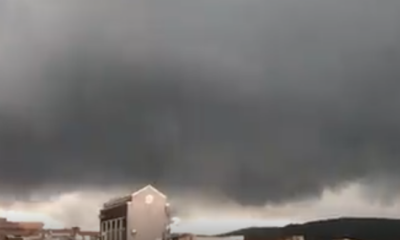

Storm Clouds Appear in Reading, PA
-
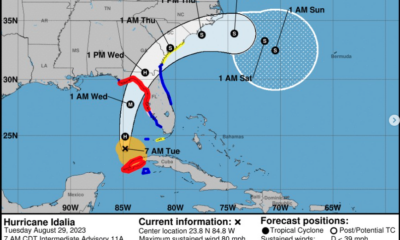

Hurricane Idalia ‘Rapidly Intensifying’ As It Approaches Florida’s Gulf Coast
-
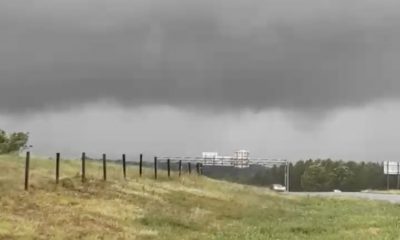

Potential tornado formation: rotating, lowering storm spotted near the NC/SC…
-
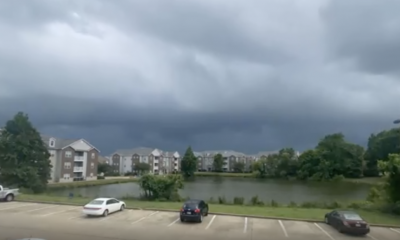

Thunderstorm Rolls in, in Starkville, MS
-


Dust Storm Blankets Baghdad Mosque
-


Surveillance Video Shows Tornado Ripping Through Kansas Elementary School
-
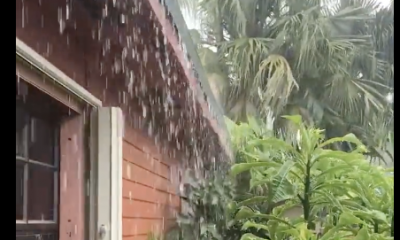

Heavy Rain Plummets Down in Cutler Bay, FL
